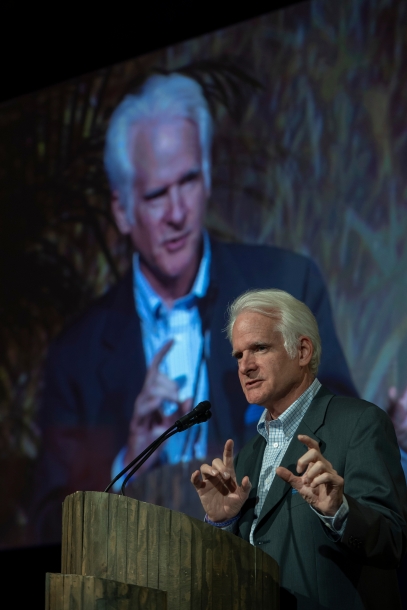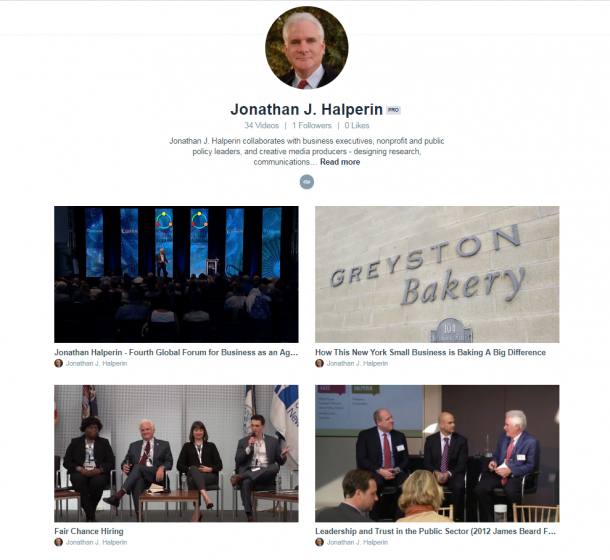You are here
Icons Die Hard
“Fresh as the month of May” is how Philip Morris introduced the iconic Marlboro Man in 1955, based on a photograph of a real cowboy from Life Magazine. The actor who originally portrayed the Marlboro Man died from emphysema in 1987. As the debate over the health impact of cigarettes began in earnest in the early 1990s, the intended association between smoking and healthy individuals living close to the land and enjoying glorious sunsets ran off the rails.
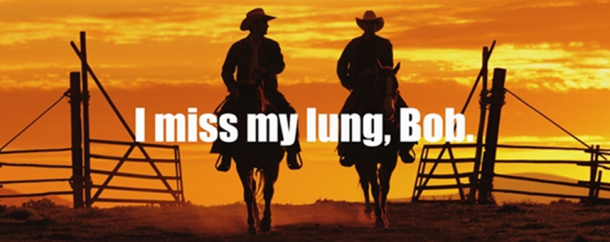
I thought of this while reading about the sharp 3rd quarter decline in earnings at both Coca Cola and McDonalds – two other global icons. According to the annual Interbrand survey, Coke’s scripted red lettering and McDonald’s golden arches rank as the 3rd and 7th most recognizable brands in the world.
As such, they are both just shy of the “Mom and apple pie” pantheon of sacrosanct American untouchables. Coca Cola spends almost $3billion annually to secure that place; McDonald’s spends about $1billion per year. (For context, $1billion is about $2.7million every day or $114,000/hour). Nonetheless, as AdWeek tells it, “…McDonald's reported a 3.3 percent quarterly profit decline, marking its worst performance in years, while Coke's profit dropped 14 percent with a continuing decline in North American sales during the same period.”
A McDonald’s “quarter pounder with cheese and bacon” contains the same amount of sugar (12g) as half of a Hershey’s chocolate bar (24g). A 12oz can of Coke serves up a whopping 39g of sugar. And consumption of added sugars, for which there is no Recommended Dietary Allowance (RDA), is increasingly clearly associated with rising rates of Type II Diabetes, Fatty Liver Disease and Metabolic Syndrome. It is also increasingly understood to be addictive and at the levels at which we are encouraged to consume it is potentially toxic as well.
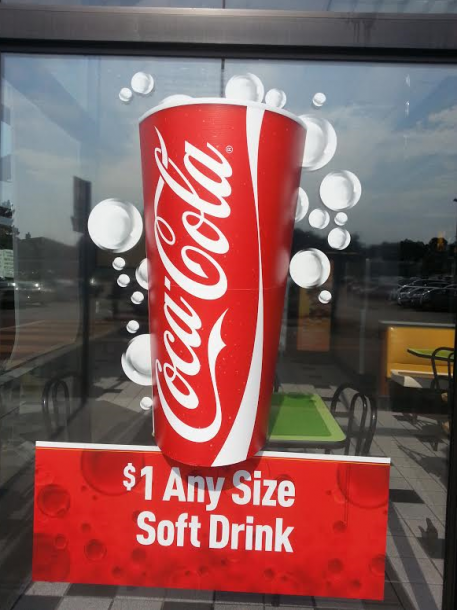
Among the trip-wires that ultimately led to the downfall of the global tobacco giants (at least in the developed world) two stand out as ominous warnings for the beverage and sweetened foods sectors. First, it emerged that the companies had--but hid--the word’s best research on nicotine addiction and were ‘spiking’ their products to make them even more addictive. Second, it was not just that people were getting sick and dying from smoking cigarettes, but that they were using tobacco products in exactly the manner intended by manufacturers.
Soon there was no place for the executives to hide.
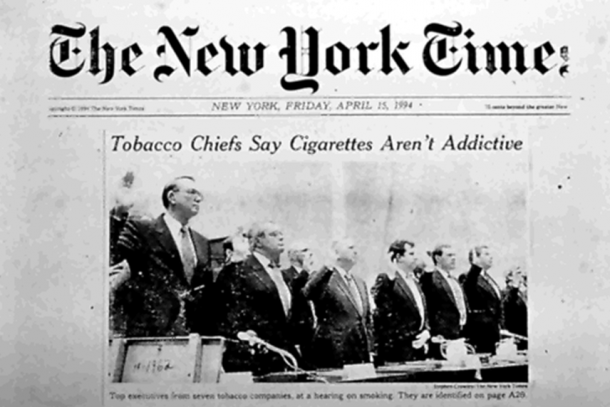
I don’t think Muhtar Kent, Coca Cola CEO, or Indra Nooyi, his counterpart at PepsiCo, are trying to kill people. I think they want to find a way out. I think they know they are in trouble. I think they want to preserve their branded icons. I don’t think they know how to satisfy the voracious appetite of mainstream investors for ever rising profits while also making substantial and healthy changes to their product mix. They need help to really innovate not just delay, deflect and distract. The innovation needs to be systemic to address the underlying problem; the business model that has returned enormous short-term profits to shareholders is over the long-term causing a public health disaster. Tweaking the amounts of sugar and tinkering with the product mix won’t cut it.
I thus had to shake my head in dismay when reading that in response to declining sales, still according to AdWeek, “[Coca Cola’s] recent acquisition of Monster Beverage Corp. underscores a strategy to diversify into the market of highly caffeinated drinks for youth.”
Refreshing as the month of May.
- jonathan.halperin's blog
- Log in or register to post comments
